Your Cart is Empty
Free Shipping! Tax Free to Most States!
Free Shipping! Tax Free to Most States!
Free Shipping! Tax Free to Most States!
Shop All Pitching Machines
Zooka 720 Pitching Machines
Zooka 740 Pitching Machines
Pitching Machine Accessories
Shop All Pitching Machines
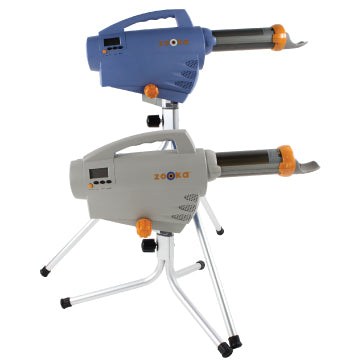
View All Pitching Machines From Zooka
Zooka 720 Pitching Machines
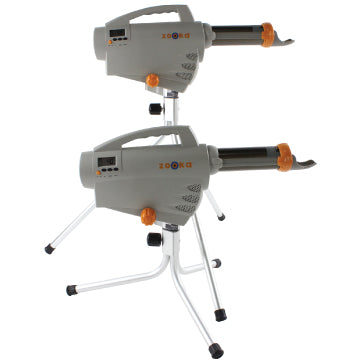
Our Entry Level Pitching Machine
Zooka 740 Pitching Machines
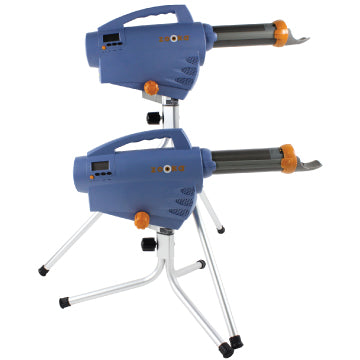
Our Best Selling Pitching Machine
Pitching Machine Accessories
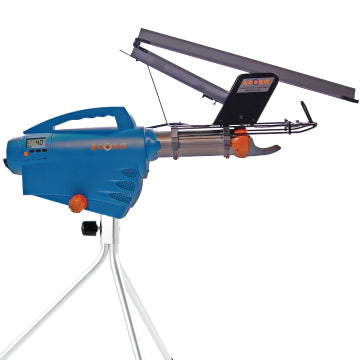
Pitching Machine Aids To Optimize Practice
Shop All Parts & Accessories
Accessories
Shop All Parts & Accessories

View All Parts & Accessories
Accessories
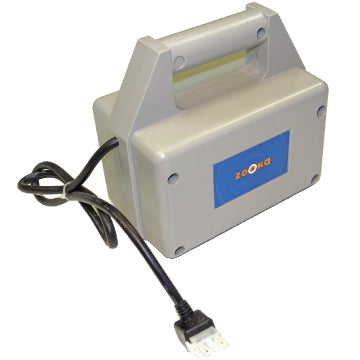
Pitching Machine Aids To Optimize Practice
October 17, 2025
 11 Baseball Hitting Drills to Use with Your Zooka Pitching Machine
11 Baseball Hitting Drills to Use with Your Zooka Pitching Machine
Step 1: Keep the Zooka at a consistent speed.
Step 2: Instruct the hitter to delay their stride or load slightly before swinging. Use a verbal or visual cue to add unpredictability.
Step 3: Mix in normal timing and delayed timing so players stay sharp.👉 Why it works: Prevents hitters from jumping early, teaches rhythm, and improves reaction to release points.
Step 1: Set the Zooka to a realistic game speed.
Step 2: Place it on the corners of the plate or throw pitches just above/below the strike zone.
Step 3: Challenge the hitter to “protect the plate” with a short, controlled swing.
Step 4: Only count successful contact as “staying alive.”
👉 Why it works:Builds mental toughness and plate discipline, preparing players for pressure situations.
Step 1: Adjust the tripod height so pitches are delivered at the top of the strike zone for 10 swings.
Step 2: Lower the angle to aim at the knees or just below for another 10 swings.
Step 3: Mix high and low pitches in the same round to test recognition.
👉 Why it works: Improves ability to adjust swing plane and teaches hitters not to chase poor pitches.
Step 1: Use the Zooka’s adjustable accuracy setting (1–5).
Step 2: At level 1, pitches land nearly identically in the strike zone. At level 5, pitch speed and location vary randomly.
Step 3: Challenge hitters to react to unexpected movement while maintaining balance and mechanics.
👉 Why it works: Simulates live-game unpredictability, improving reaction time and situational hitting.
Step 1: Adjust the Zooka to throw fastballs inside and outside.
Step 2: On inside pitches, hitters must make contact earlier (front foot timing).
Step 3: On outside pitches, hitters wait longer and drive the ball off the back foot.
👉 Why it works: Trains players to adjust weight shift and bat angle depending on pitch location, essential for gap hitting and opposite-field power.
Step 1: Begin with 8–10 swings off a tee or soft toss, focusing on hand path and hip rotation.
Step 2: Immediately transition into 10 swings off the Zooka at a moderate speed.
Step 3: Repeat this cycle 2–3 times.
👉 Why it works: Reinforces mechanics practiced slowly and applies them to live machine pitches.
Step 1: Use the Zooka’s pop-fly or ground-ball settings.
Step 2:Have the player field 1–2 balls (grounders or fly balls).
Step 3: Immediately step into the batter’s box to take a pitch.
Step 4: Repeat in short bursts to simulate game fatigue.
👉 Why it works: Builds conditioning, improves athleticism, and simulates game-like transitions between defense and offense.
Step 1: Attach the Zooka AL-1 Autoloader to your ZS740 or ZS720 Pitching Machine.
Step 2: Load multiple balls into the feeder so you can train alone.
Step 3: Work through sequences — zone work, speed ladder, or two-strike drills — without needing a coach or partner.
👉 Why it works: Perfect for solo practice, allows hitters to get hundreds of reps in both batting and fielding without requiring a feeder.
So, are pitching machines worth it? Absolutely — especially when paired with structured drills. Zooka pitching machines give hitters safe, accurate, and repeatable pitches that can be adapted into dozens of game-like scenarios. By using these 11 hitting drills, players can build confidence, refine swing mechanics, and prepare for success on game day.



December 10, 2025
The catcher is one of the toughest and most important positions in baseball. A good catcher must block wild pitches, frame strikes, throw out runners, and command the field. Traditionally, coaches or pitchers provide practice reps, but with a Zooka pitching machine, catchers can get hundreds of consistent, repeatable reps without wearing out arms.

November 24, 2025
For infielders, repetition is everything. Clean glove work, quick footwork, and fast transfers make the difference between an out and a run. The Zooka pitching machine gives infielders the consistent reps they need without relying on a coach hitting fungos for hours.

November 10, 2025
When it comes to defense, the outfield is all about tracking the ball, reacting quickly, and making strong throws back into the infield. While coaches can hit fungos for reps, the Zooka pitching machine offers something better: consistent, repeatable fly balls, line drives, and grounders that let players sharpen their skills without fatigue.
New Product Updates, Exclusive Content & Promotions.